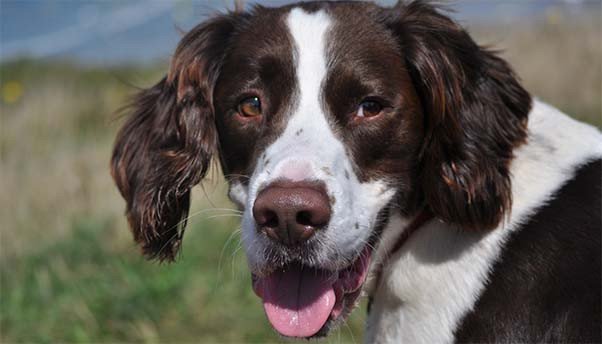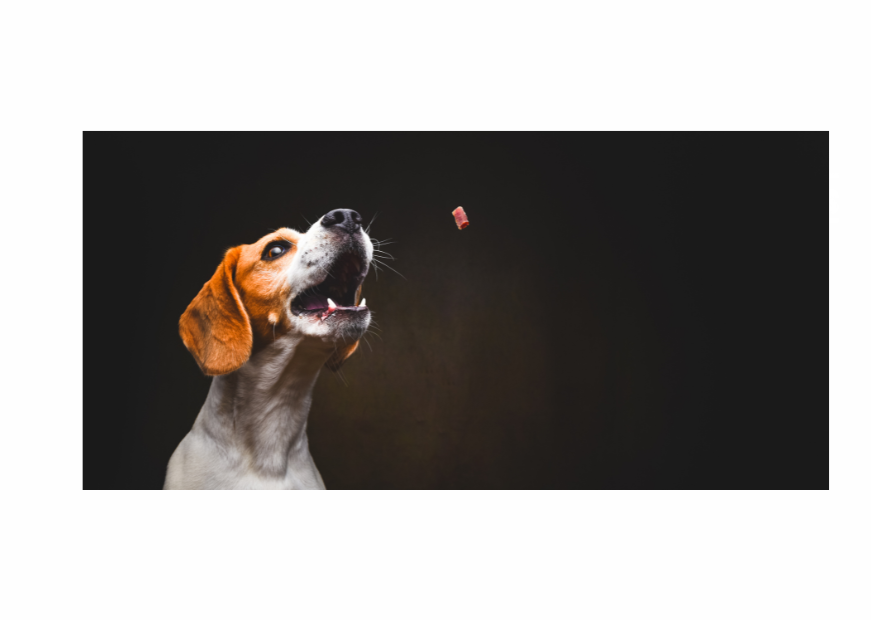Raw Feeding Basics

Different meats provide different nutrients. For optimal nutrition, balance is created by feeding a variety of proteins. A balanced and nutritionally correct raw diet should consist of 80% meat, 10% bone and 10% organ meats - 5% being liver. By feeding these ratios you can be sure your dog is getting 100% of the nutrients he needs.

Making the Switch to Raw Dog Food
There are several ways to make the transition and these are going to depend on your dog's age, state of health, how long on current diet, and what that diet consists of.
The simplest way is to feed their current food in the morning, miss their evening meal, and then start with our raw mince the following morning; leaving 24 hours between meals allows the tummy time to settle.
You can start with one protein source to help your dog's digestive system adjust to their new diet; chicken is usually the best as most dogs can tolerate it, even the sensitive souls.
Variety is needed to cover all nutritional needs; slowly introduce different protein sources over a couple of weeks for balance.
At all times, monitor their stools, and if any digestive upsets manifest, take the transition a step back. There is no one-size-fits-all way to switching to raw; ingenuity may be required for some dogs, a patient, slow approach for others.

Elements of a Raw Diet
Raw meaty bones are a complex source of biologically balanced minerals and ideal for your dog’s mental and dental health. Chicken wings are a good starter bone.. Feed them 2 to 3 times a week and always under supervision.
Vegetables are not a required food source, but a careful selection can provide valuable nutrients, and add fibre and variety to a dog’s diet. Fed whole they will generally pass through undigested. Depending on the type of vegetable, preparing them by pureeing, steaming or baking will make them easy to digest and therefore make full use of the nutrients.
Fruits and Berries such as blueberries, raspberries and strawberries can also be of some benefit.
Supplements are not essential unless your dog has specific health problems or medical conditions.













